Upper Dolpo and Shey Gompa Trekking in the Dolpo region is a relatively new route, as trekking has only been permitted since mid-1989. The region lies to the west of the Kali Gandaki Valley. Dolpo is located inside the Shey-Phoksundo National Park in mid-western Nepal, behind the Dhaulagiri massif, towards the Tibetan plateau.
The Upper Dolpo region offers opportunities to visit ancient villages, high passes, beautiful Lakes and isolated Buddhist monasteries. Especially the isolated Shey Gompa is a uniquely spiritual place. Besides that, you will also experience the vast array of wildlife inhabiting the region, including Blue sheep, Mountain Goat, Jackal, Wolf and the legendary Snow Leopard in the Shey-Phoksundo National Park.
Upper Doldo remains a truly isolated corner of Nepal, time has stood still here for centuries as inhabitants of Tibetan stock continue to live, cultivate and trade the way they have done for hundreds of years. Most treks into Dolpo take from 14 to 30 days. The best time to trek here is towards the end of the monsoon season Sept to November. Shorter Dolpo treks are possible by flying into the air strip at Jumla.
Outline Itinerary:
01: Arrive Kathmandu, transfer to hotel, tour briefing
02: Kathmandu: Sightseeing and trek preparation
03: Flight to Nepalgunj: 1 hour
04: Flight to Jhuphal (Dolpo), trek to Dunai (2,850m/9,348ft): 45 mins flight, 2-3 hours trek
05: Dunai to Ankhe (2,896m/9,499ft): 5-6 hours
06: Ankhe to Sulighat: 5-6 hours
07: Sulighat to Phoksundo Lake (3,611m/11,849 ft): 4-5 hours
08: Trek to Phoksundo Khola: 4-5 hours
09: Baga La to Numla Base Camp (5190m)
10: Phoksundo Khola to Phoksundo Bhanjyang: 6-7 hours
11: Phoksundo Bhanjyang to Shey Gompa (4,500m/14,760ft) via Kang-La pass (5,360m/17,581ft): 5-6 hours
12: Acclimatization and rest at Shey Gompa
13: Shey Gompa to Namduna Gaun (4,800m/15,744ft) via Saldang La (5,200m/17,056ft): 6-7 hours
14: Namduna Gaun to Saldang (3,620m/ 11,874ft): 4-5 hours
15: Saldang to Yangze Gompa (4,960m/16,267ft): 4-5 hours
16: Yangze Gompa to Sibu (4,560m/14,957ft): 6-7 hours.
17: Sibu to Jeng-la Phedi (4,900m/16,072ft): 5-6 hours
18: Jeng-la Phedi to Tokyu Gaon (4209m/13809ft) via Jeng La pass (5,090m/16,695ft): 5-6 hours
19: Tokyu to Dho Tarap (4,040m/13,251ft): 4-5 hours
20: Rest Day at Dho Tarap
21: Dho Tarap to Tarap Khola (Kamakharka) (3,800m/12,464ft): 6-7 hours
22: Tarap Khola to Khani Gaon (3,150m/10,332ft): 4-5 hours
23: Khani Gaon to Tarakot (2,537m/8,321ft): 4-5 hours
24: Tarakot to Dunai (2,140m/7,019ft): 5-6 hours
25: Dunai to Jhuphal: 2-3 hours
26: Flight from Jhuphal to Nepalgunj and then to Kathmandu
27: Rest day in Kathmandu
28: Final departure, departure for onward destination
Arrival in Kathmandu (1300m/4264ft)
Kathmandu: Sightseeing and trek preparation
Flight to Nepalgunj: 1 hour
Flight from Nepalgunj to Juphal (Dolpo) and trek to Dunai (2,850m/9,348ft): 45 mins flight
Walking time: 2-3 hours
Dunai to Ankhe (2,896m/9,499ft)
Walking time: 5-6 hours
Ankhe to Sulighat
Walking time: 5-6 hours
Sulighat to Phoksundo Lake (3,611m/11,849 ft)
Walking time: 4-5 hours
Acclimatization and rest at Phoksundo Lake
Phoksundo Khola
Walking time: 4-5 hours
Phoksundo Khola to Phoksundo Bhanjyang
Walking time: 6-7 hours
Phoksundo Bhanjyang to Shey Gompa (4,500m/14,760ft) via Kang-La pass (5,360m/17,581ft)
Walking time: 5-6 hours
Acclimatization and rest at Shey Gompa
Shey Gompa to Namduna Gaun (4,800m/15,744ft) via Saldang La (5,200m/17,056ft)
Walking time: 6-7 hours
Namduna Gaun to Saldang (3,620m/ 11,874ft)
Walking time: 4-5 hours
Saldang to Yangze Gompa (4,960m/16,267ft)
Walking time: 4-5 hours
Yangze Gompa to Sibu (4,560m/14,957ft)
Walking time: 6-7 hours
Sibu to Jeng-la Phedi (4,900m/16,072ft)
Walking time: 5-6 hours
Jeng-la Phedi to Tokyu Gaon (4209m/13809ft) via Jeng La pass (5,090m/16,695ft)
Walking time: 5-6 hours
Tokyu to Dho Tarap(4,040m/13,251ft)
Walking time: 4-5 hours
Rest Day at Dho Tarap
Dho Tarap to Tarap Khola (Kamakharka) (3,800m/12,464ft)
Walking time: 6-7 hours
Tarap Khola to Khanigaon (3,150m/10,332ft)
Walking time: 4-5 hours
Khanigaon to Tarakot (2,537m/8,321ft)
Walking time: 4-5 hours
Tarakot to Dunai (2,140m/7,019ft)
Walking time: 5-6 hours
Dunai to Jhuphal
Walking time: 2-3 hours
Fligt from Jhuphal to Nepalgunj and then to Kathmandu
Rest day in Kathmandu
Final departure
Upper Dolpo or Inner Dolpo Circuit Trekking
Inner Dolpo Circuit trekking is considered as one of Nepal’s classic mountain treks in the Dolpo area, a region in Nepal’s upper Dolpa district. Trekking along the tropical forests full of pine trees and savouring the beauty of Phoksundo Lake are definitely memorable experiences! A very unique part of this trek is encountering the Bonpos, people believing in the Tibetan Bon (or Bonpo) religion, who reside in Ringmo. Further, we traverse through high passes and visit the sacred Shey Gompa before coming across the ancient trading hub Dho- the perfect trek to see the whole of Dolpo!
The route is most demanding as we traverse heights in excess of 5350m, some of the most remote territories in Nepal. As we trek through the heart of Dolpo we are presented with a variety of both scenery and people. From Magar villages with lush green paddy fields surrounded by dense jungles in the south of Dhaulagiri to Bhotia fortress hamlets and gompas amid barren, windswept hills… This trek shows how much more Nepal has to offer than the popular trails to Annapurna, Everest and Langtang. The hills along the way are sparsely populated and the trails through them peaceful and quiet.
Crossing a series of high passes, the journey takes in Shey Gompa and the exotic villages set amidst the arid, remote highlands of Dolpo, making this a classic trek. Inner Dolpo Trek is one of our best sellers treks that extends to far-flung wilderness of western Nepal.
Undoubtedly, Inner Dolpo trek caters some of Dolpo’s most intriguing highlights. The highlights of Inner Dolpo Trek with explore Dolpo include natural paradise like Phoksundo Lake, unique cultural encounters so often as we traverse through villages of different ethnic tribes and religious devotees. Some of the oldest and most important monasteries like Shey Gompa are an exciting trek highlights and the pain that every trekker would love to endure while crossing 5000m+ passes like Nagdala and Shey La lifetime experiences of Inner Dolpo Trekking in Nepal.
Nature Trail organise this trekking since last 23 years and every year we do have several groups. Based on your timeframe, we can tailor-make the itinerary and plan your Upper Dolpo trekking that suits your timeframe.
Price & Service Details:
| DEPARTURE/RETURN LOCATION | Kathmandu | |||||||||||||
| JOIN GROUP | 3 before departure from Kathmandu. | |||||||||||||
| SERVICE INCLUDES |
|
|||||||||||||
| SERVICE DOES NOT INCLUDE |
|

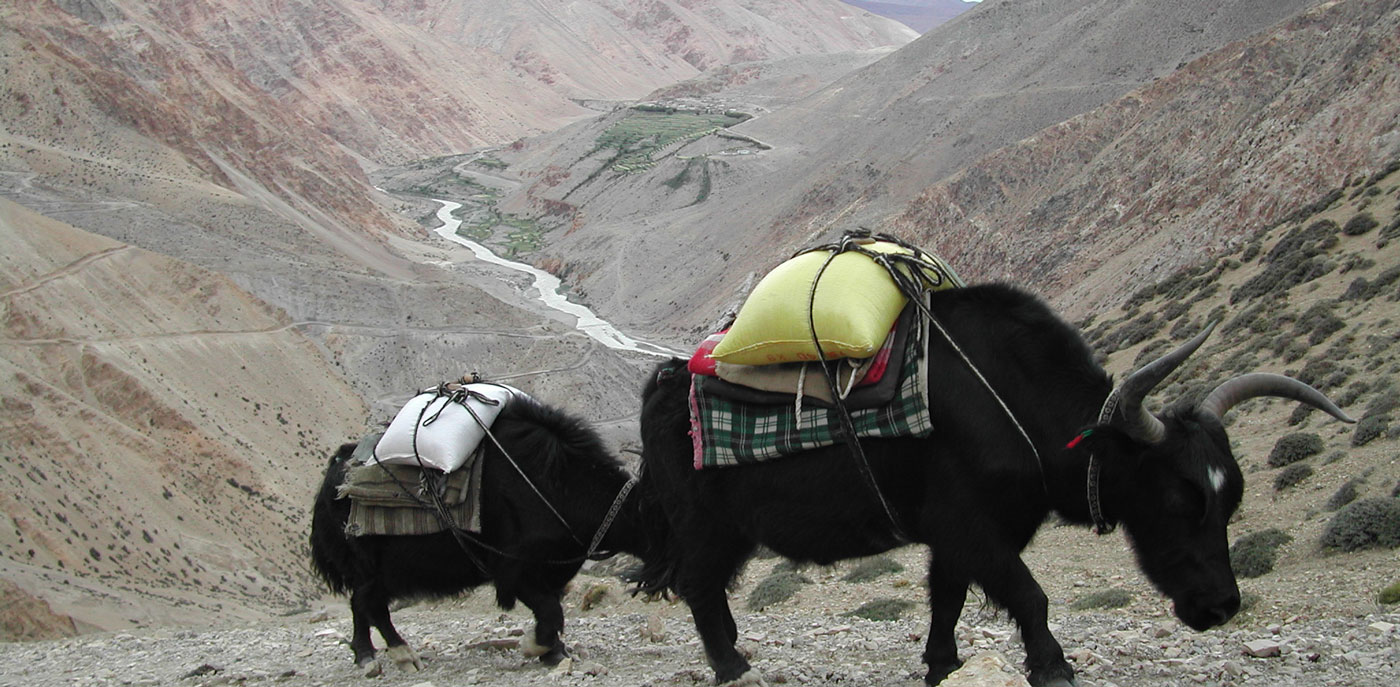
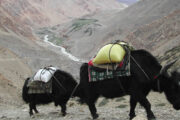
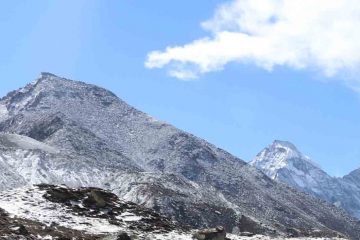
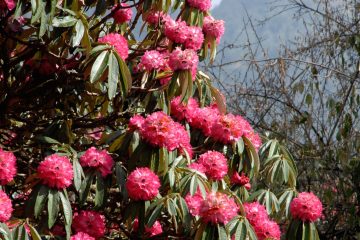
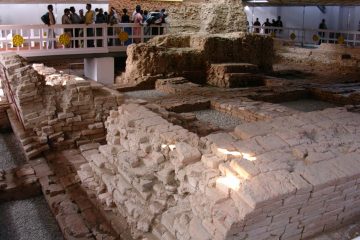
Tour Reviews
There are no reviews yet.
Leave a Review